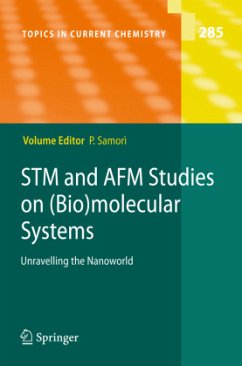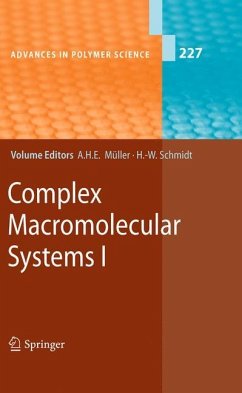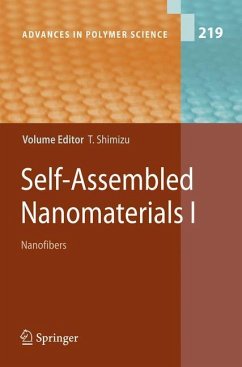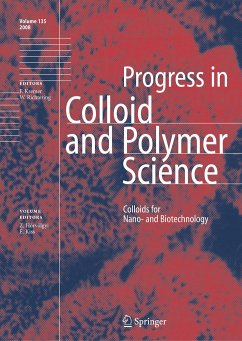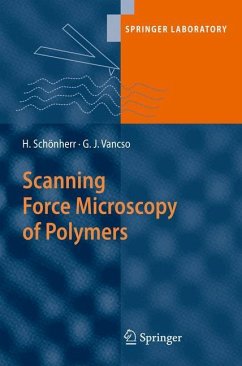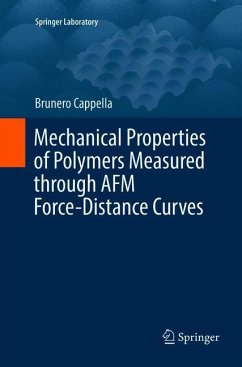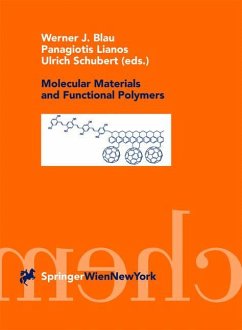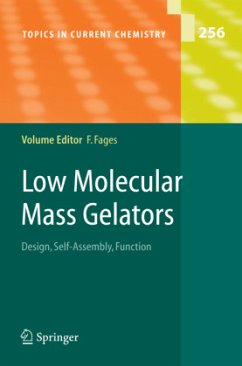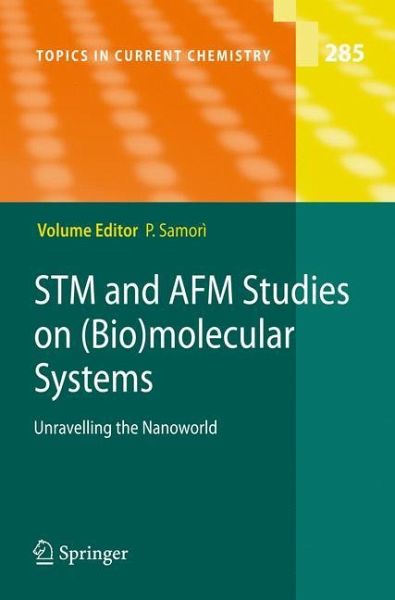
STM and AFM Studies on (Bio)molecular Systems: Unravelling the Nanoworld

PAYBACK Punkte
113 °P sammeln!
The invention of scanning tunneling microscopy (STM) in 1981 [1] and later atomicforcemicroscopy(AFM)in1986[2]facilitatedbreakthroughsinvarious disciplinesofsciencesuchaschemistry,physicsandbiology,andtrulyboosted the development of nanoscience and nanotechnology. These two techniques made it possible to achieve a detailed understa- ing of chemical and biological systems as well as phenomena across multiple lengthscales, and in particular downto thesub-nanometer scale. In fact STM and AFM are not simply microscopy tools, but they are also extremely useful techniques tochemistand biochemists. F...
The invention of scanning tunneling microscopy (STM) in 1981 [1] and later atomicforcemicroscopy(AFM)in1986[2]facilitatedbreakthroughsinvarious disciplinesofsciencesuchaschemistry,physicsandbiology,andtrulyboosted the development of nanoscience and nanotechnology. These two techniques made it possible to achieve a detailed understa- ing of chemical and biological systems as well as phenomena across multiple lengthscales, and in particular downto thesub-nanometer scale. In fact STM and AFM are not simply microscopy tools, but they are also extremely useful techniques tochemistand biochemists. Forexample AFMandSTMoffers- theticchemiststhechancetoobservethemoleculestheyhavesynthesized,how theymoveand dance onasurface,howtheyrecognizeand communicate with each other, thus making it possible to cast new light onto the molecular int- actions[3]. Alongsidetheircapabilityofgeneratingartisticthree-dimensional pictures with nanoscale resolution, they also allowed the study of molecular based architectures beyond imaging, providing quantitative insight into va- ous physico-chemical properties [4] For instance, by manipulating molecules individually it is possible to bestow information onto their mechanical pr- erties andtoperformconstructionsonthenanoscale. In thelastfewyears the application of AFM and STM to study molecular systems in various envir- ments (e. g. , liquid, gas, vacuum) is paving the way towards the unraveling of complex characteristics and phenomena of nanostructured (bio)systems. Inthisvolumewehaveselected afewofthemostrelevantexamplesofAFM and STM based experiments on (bio)molecular based systems, which offer not only a close look into the nanoworld but also provide quantitative insight into various properties of molecular and polymeric systems, and ultimately highlight some technologicallyrelevant applications. I was delighted and felt privileged to work with an outstanding group of contributingauthors:Itrulythankthemforalltheirefforts. Iamalsograteful to Dr. Marion Hertel and Birgit Kollmar-Thoni for their invitation to edit this volume and for their assistance.





